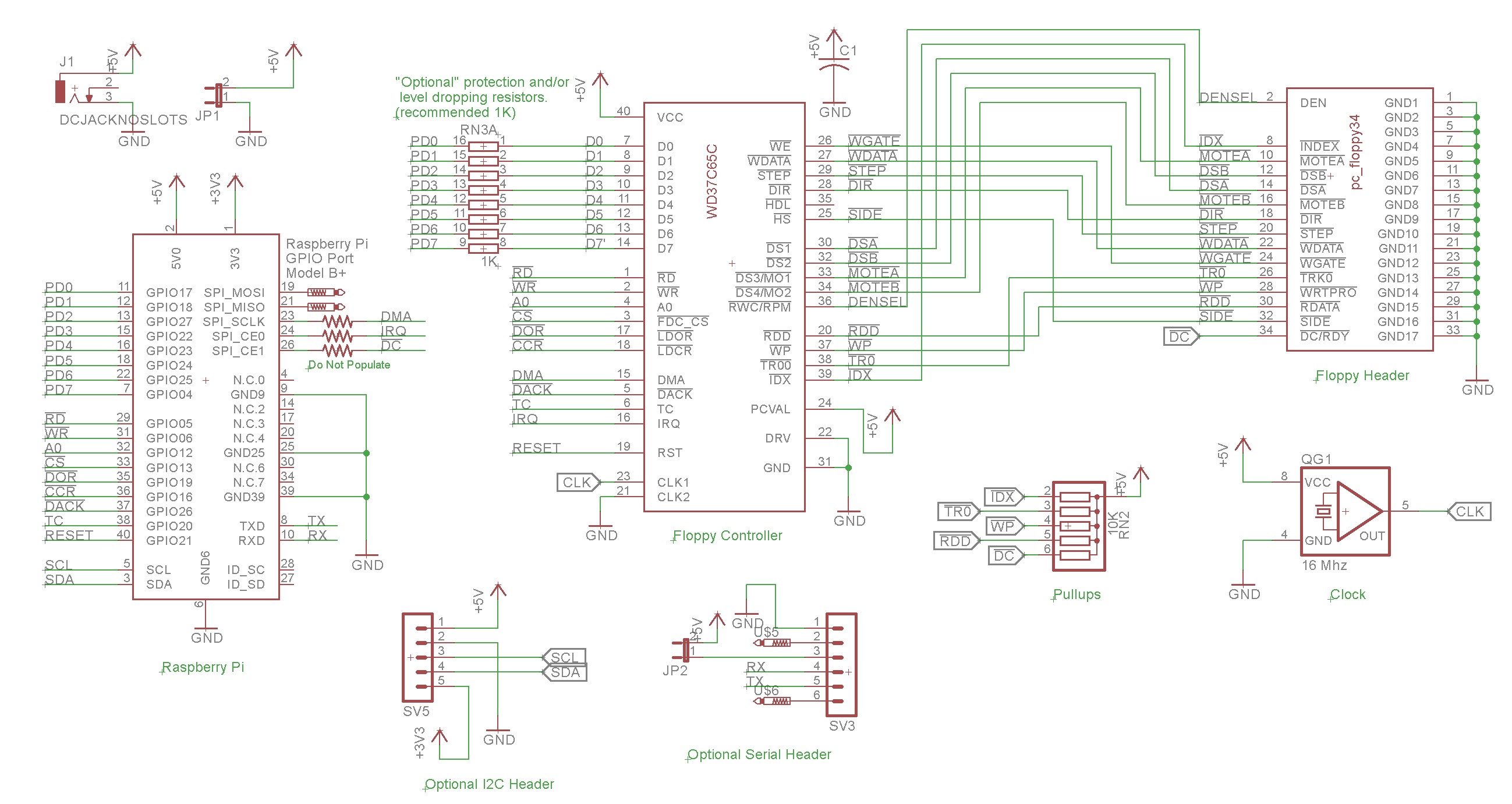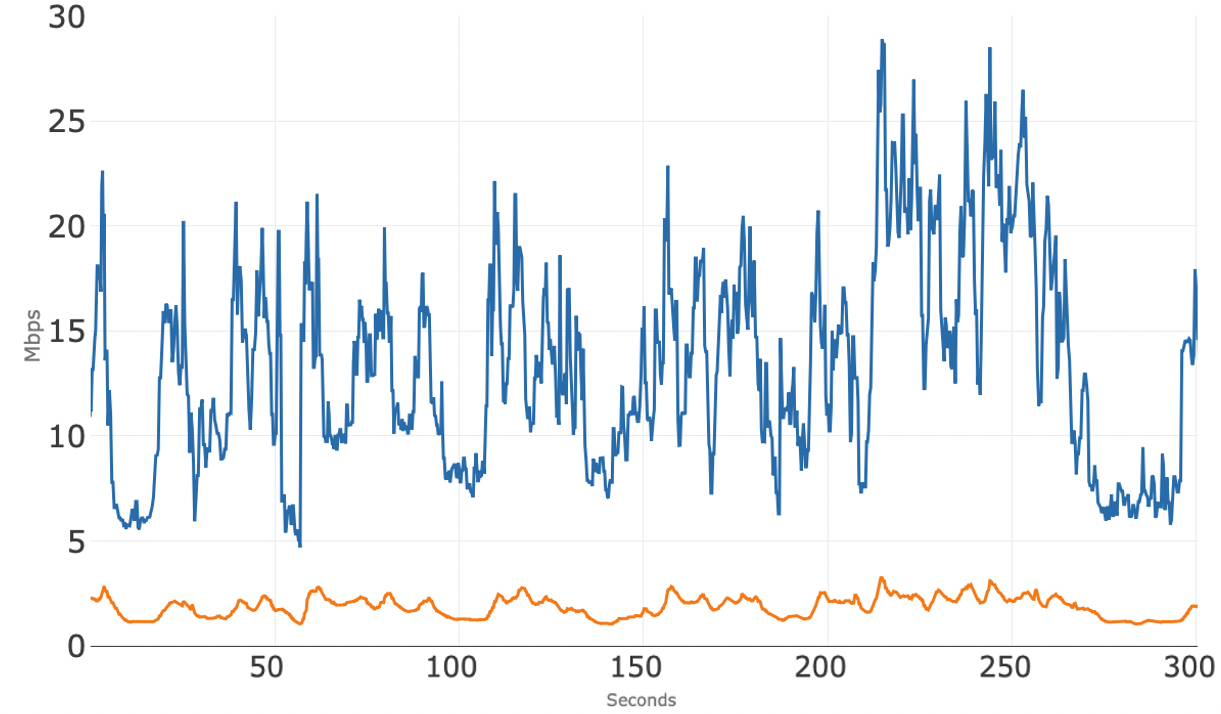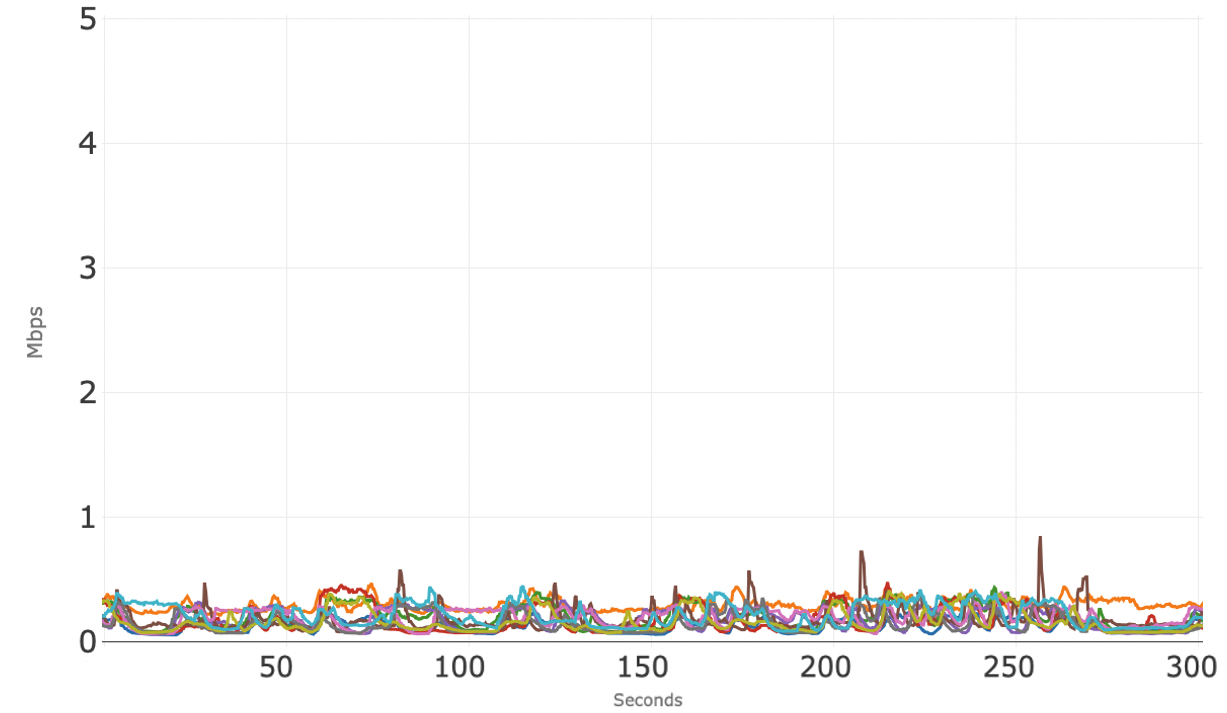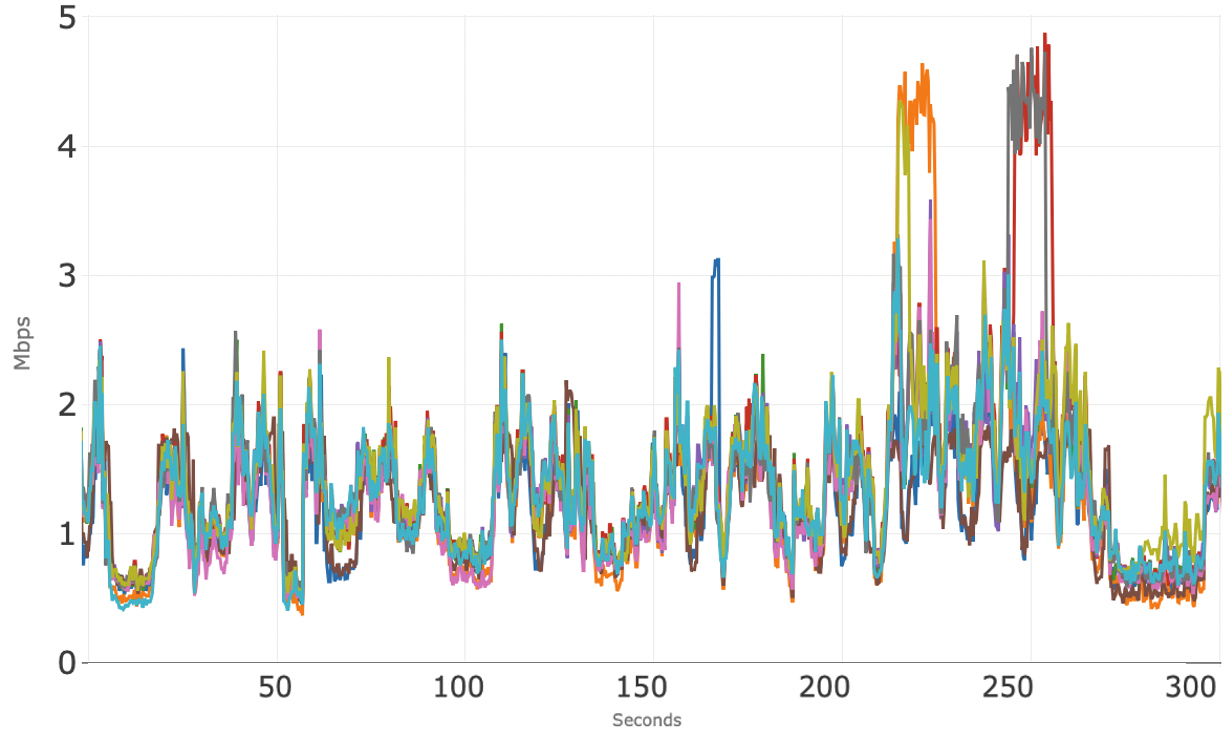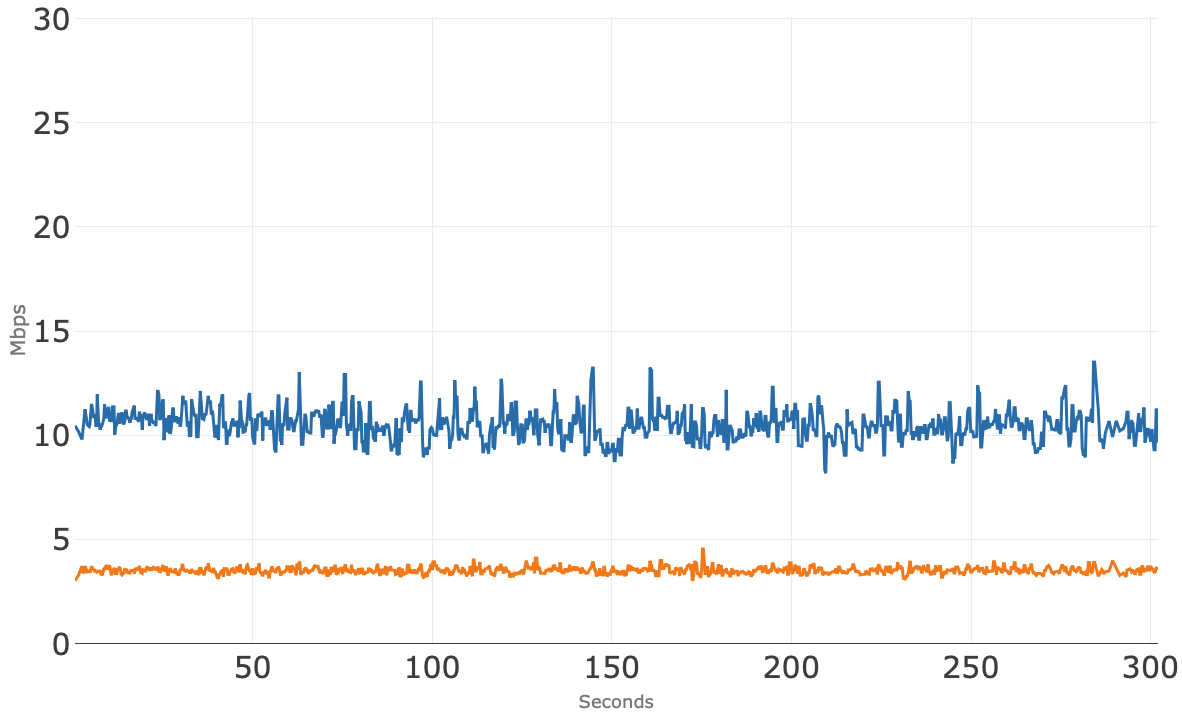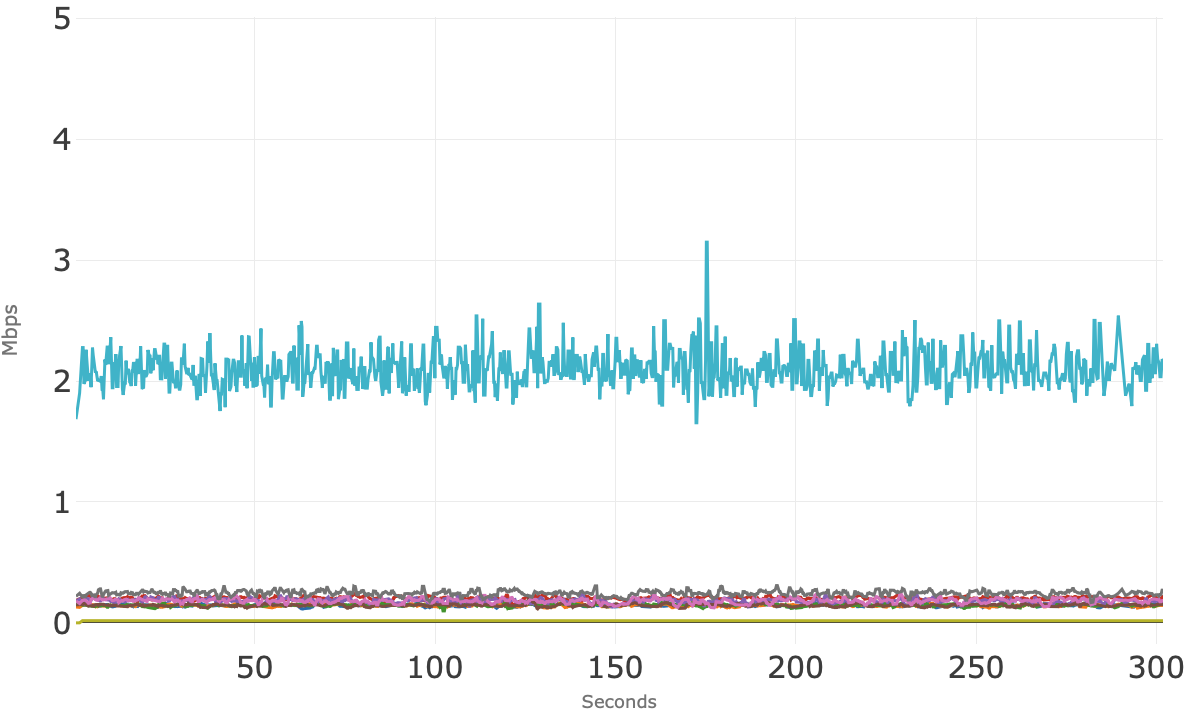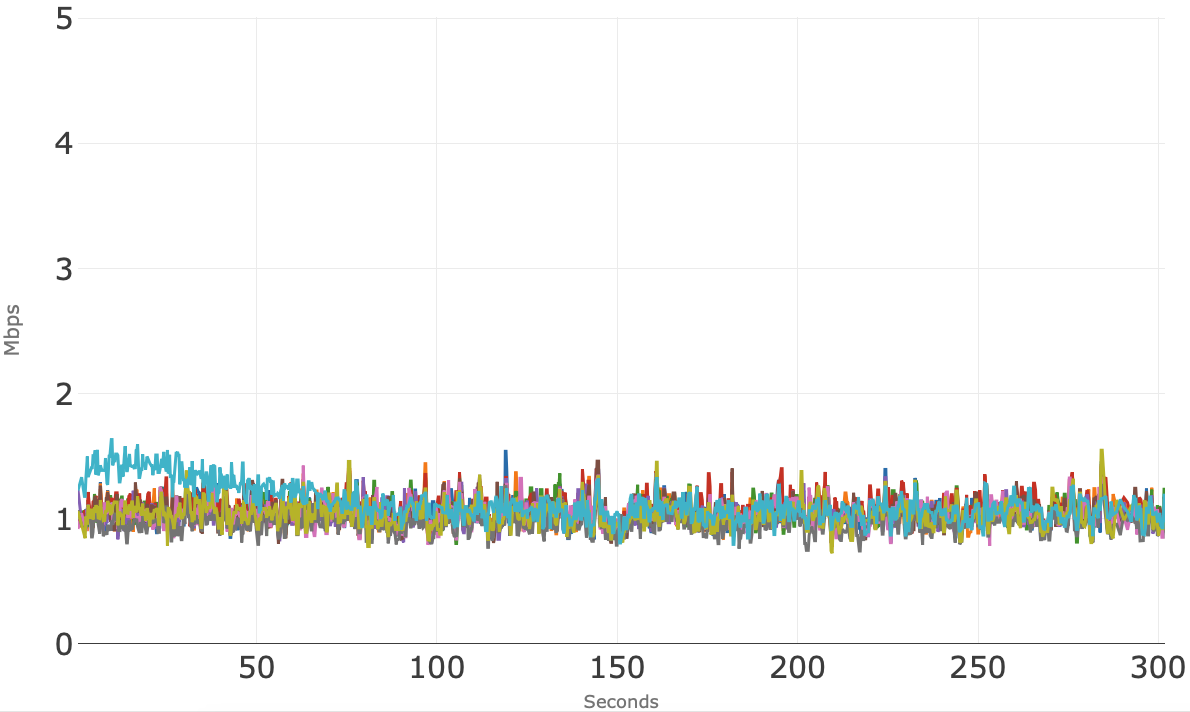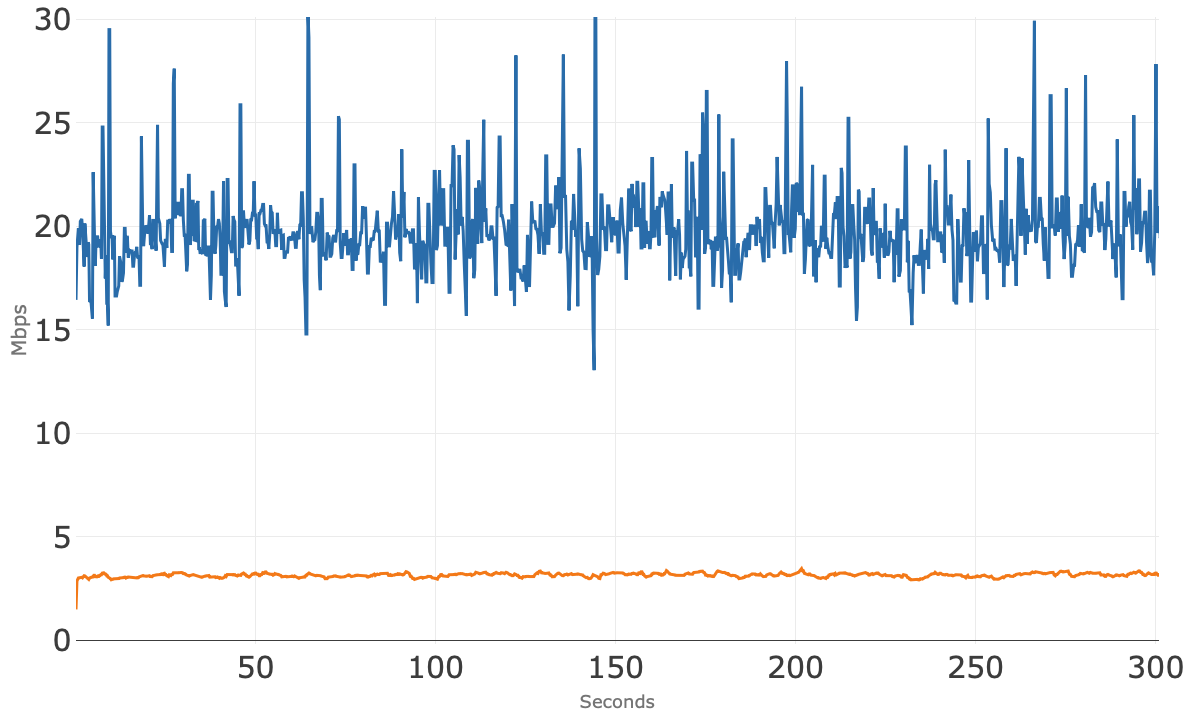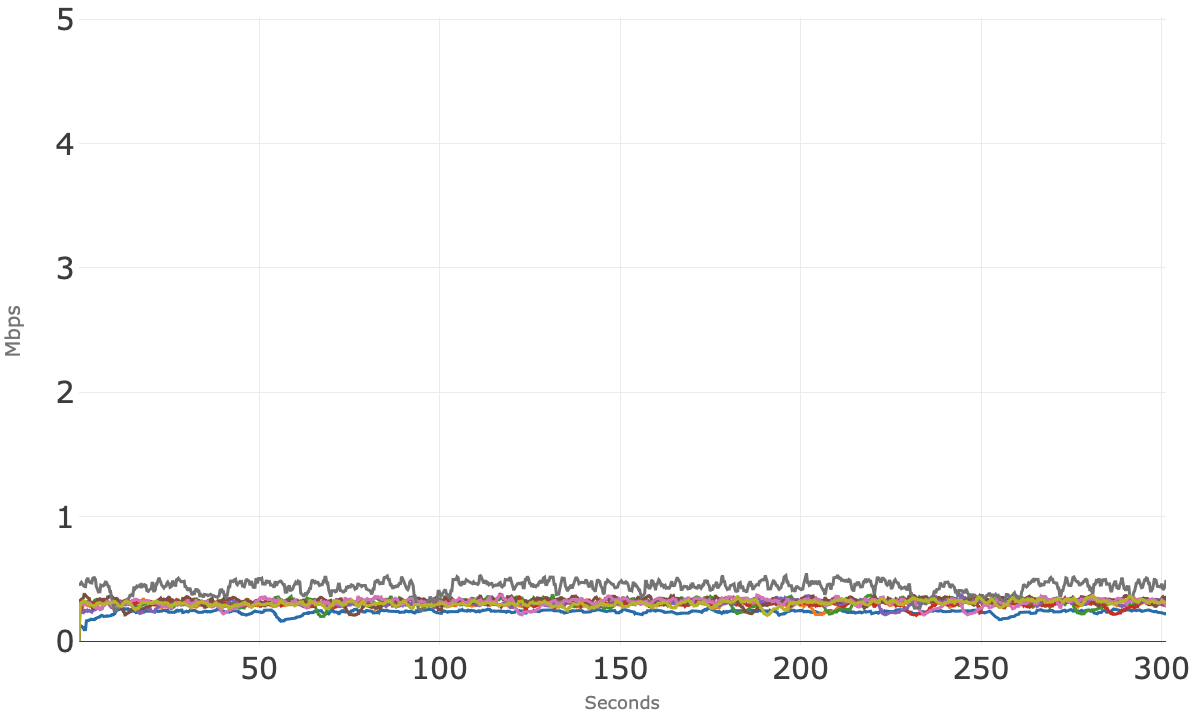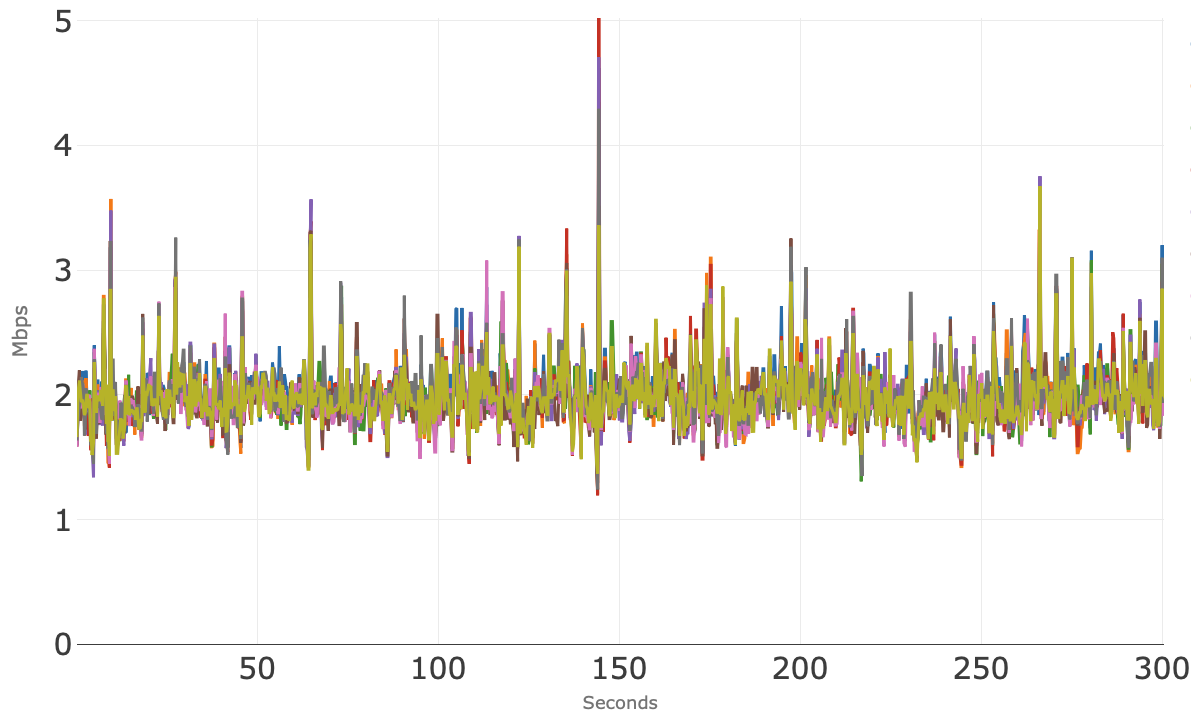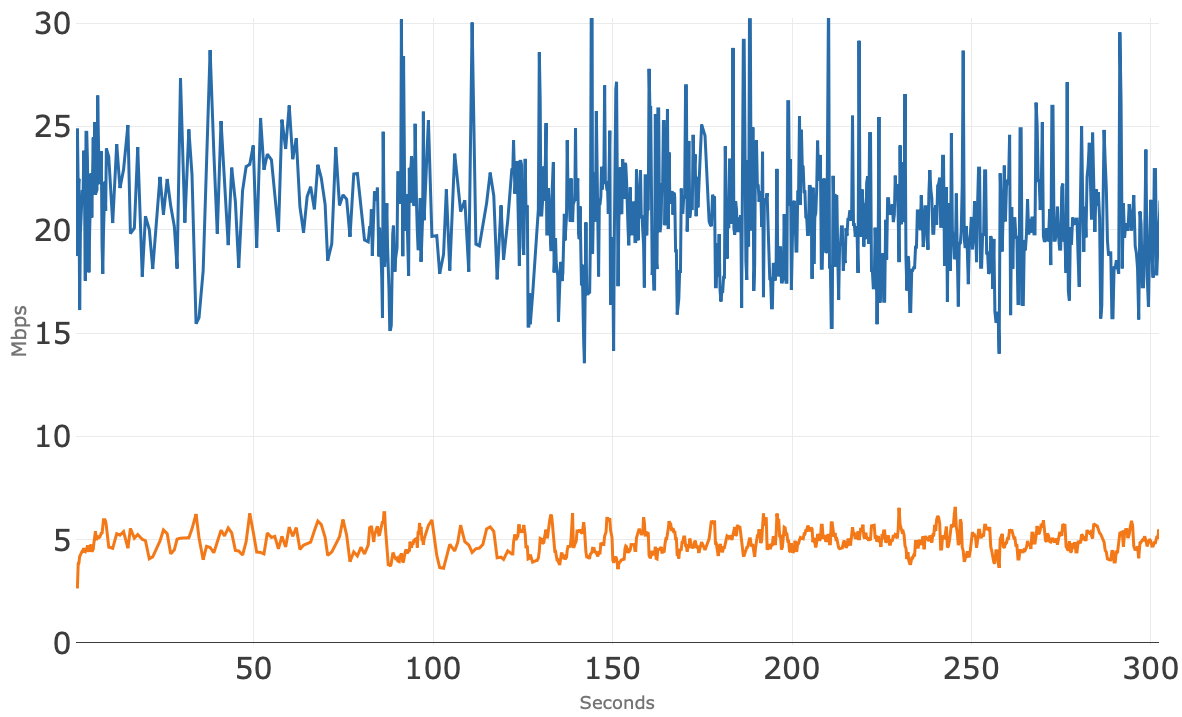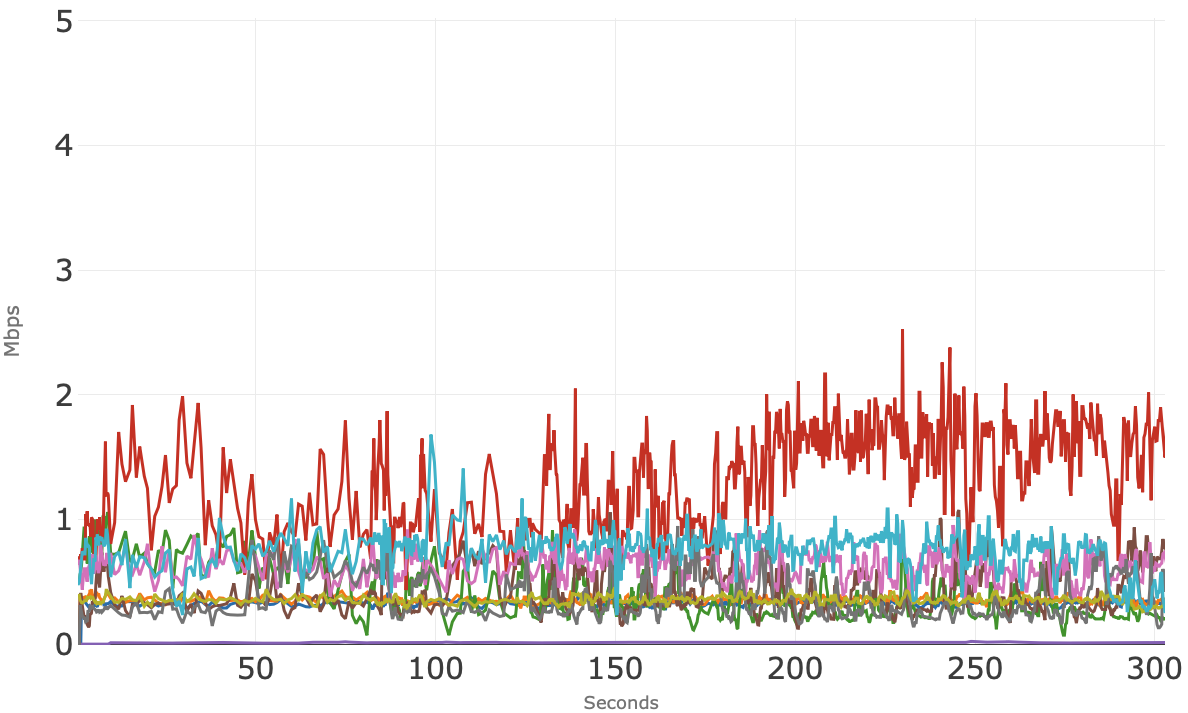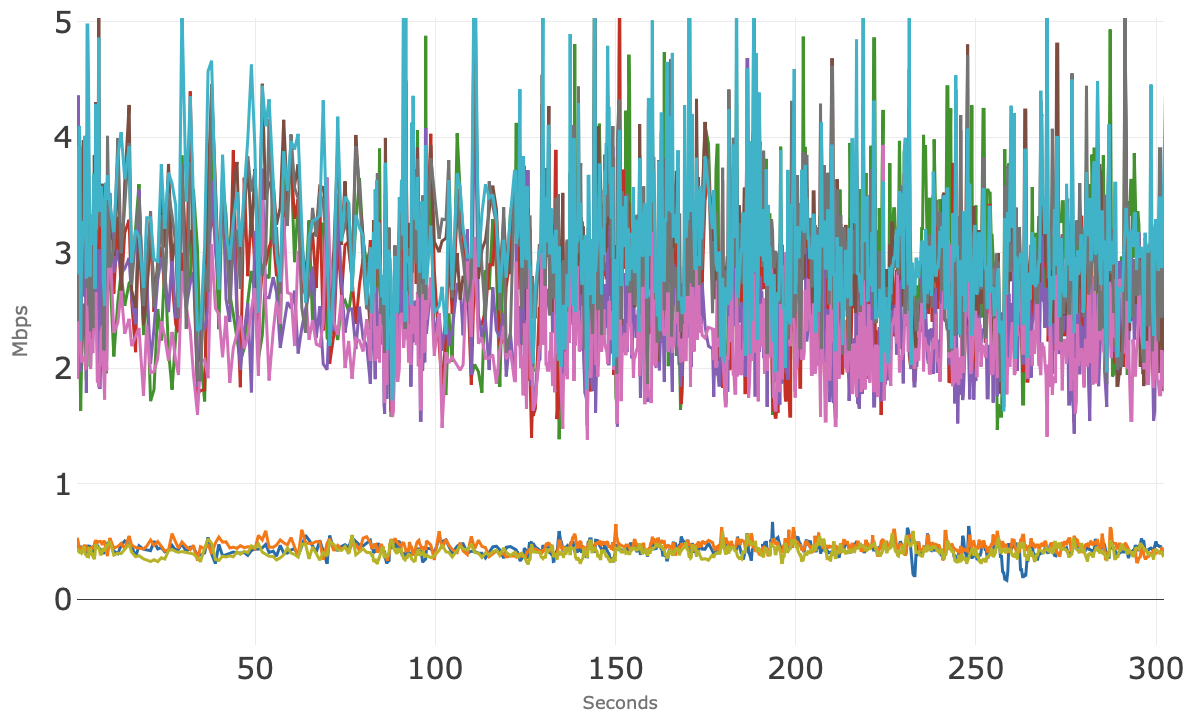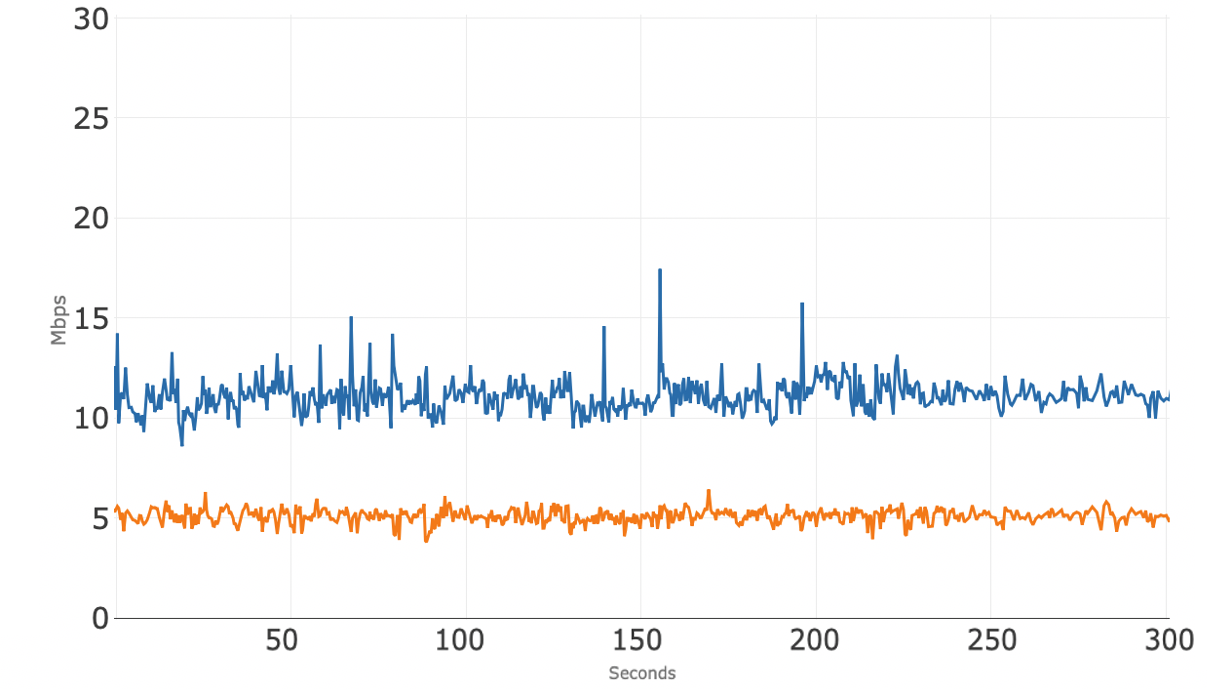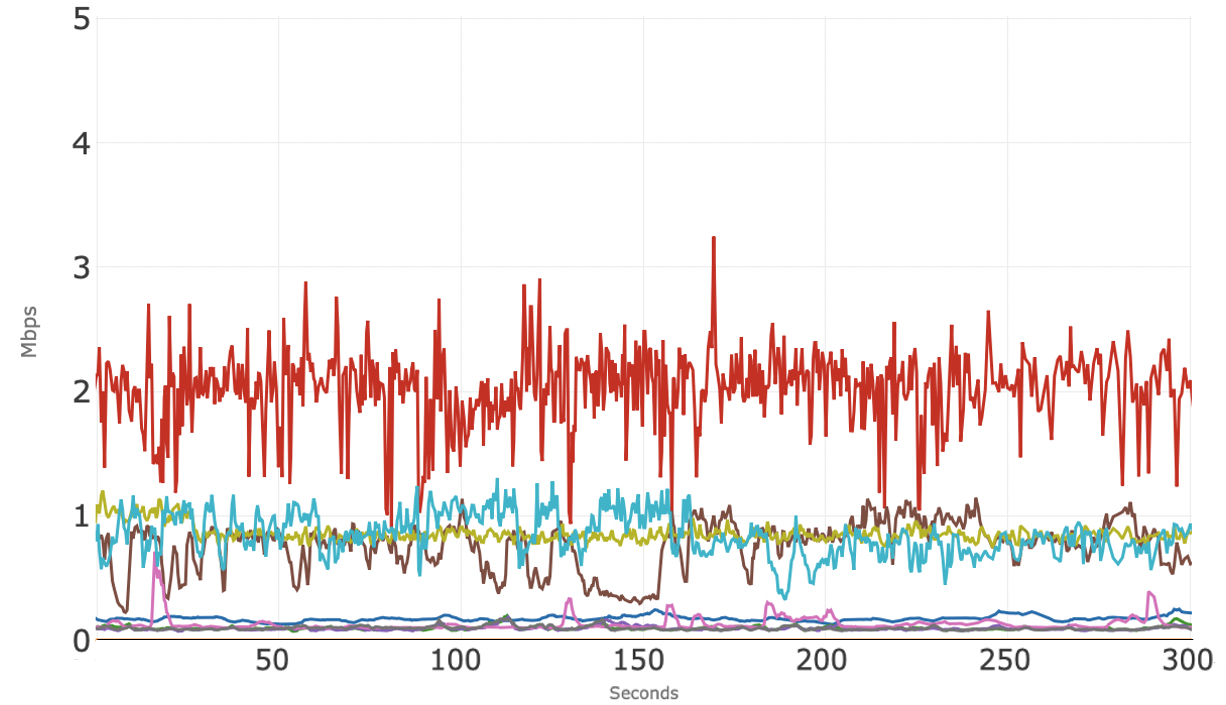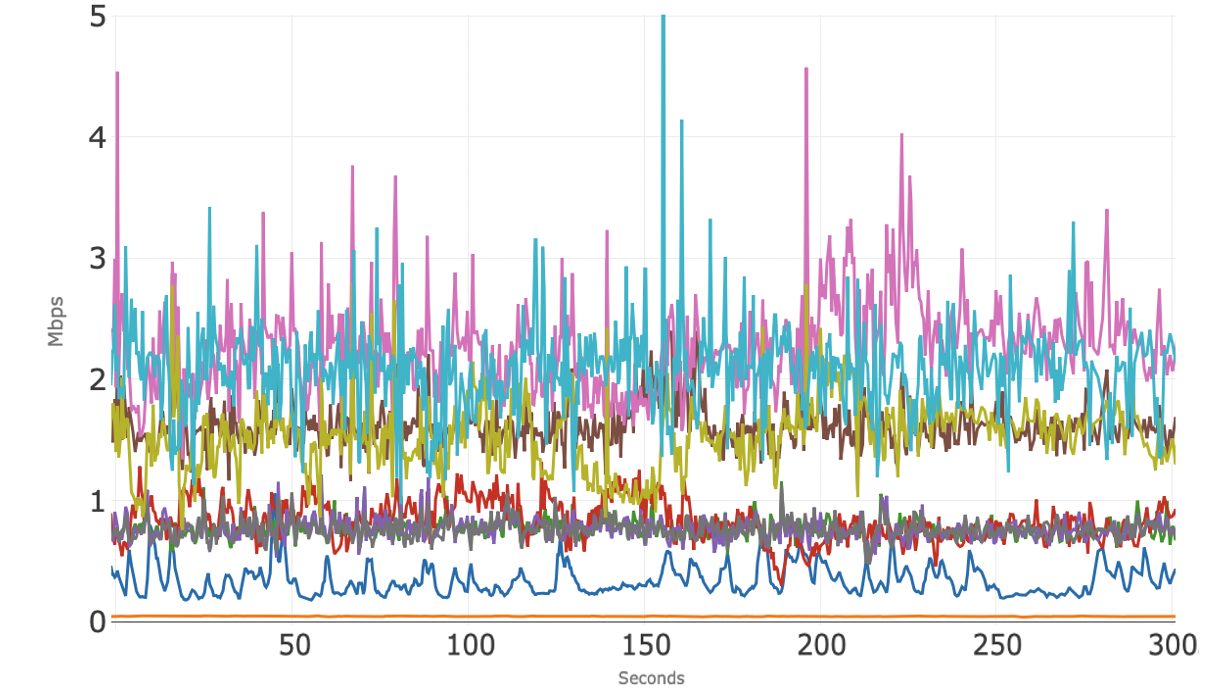Few kinds of housing are more stigmatized than the mobile home. Just the name invokes squalor and destitution — one knows from the title alone that the show Trailer Park Boys is going to involve lower-class people living in grim conditions.
But there is nothing inherently bad about the humble trailer park. With some policy changes, they could be an important tool to increase efficiency and density in American cities, and provide millions of affordable homes to people who need them.
Now, it is definitely true that many trailer parks today are not ideal places to live. They have been heavily stigmatized in the media as the private version of public housing projects — supposedly full of disgusting poor people and criminals, and run by slumlords who skimp on maintenance. Most people with means therefore avoid them where possible, and most cities zone only small chunks of land for them, or ban them entirely. Often people buy the homes outright but rent the land in the park itself, leaving them exposed to rent increases because it costs thousands of dollars to move the home to a new location. This is a particular problem in parks that have been bought up by ruthless Wall Street bloodsuckers. The private equity firm Blackstone is notorious for buying up hundreds of parks and jacking the rent through the roof.
That said, mobile homes are still the largest source of affordable private housing in the country — home to about 20 million people. There are two main reasons: First, they are cheap to buy — because they are built in a factory with efficiencies of scale, prices run something like a third to half of what it would cost to build a similar house on-site. Second, they are packed closely together, usually about 5-9 homes per acre. That means cheap all-in costs — on the order of $1,000 or so per month for a new home, and in the mid-hundreds for a used one. Even today, many trailer parks are downright pleasant neighborhoods, with shared playgrounds, pools, and other amenities.
Practically all of the problems noted above are created by the business model of existing trailer parks. A manufactured home, if transported and installed correctly, is probably better-quality than the typical balloon-frame McMansion — and they could easily be made even better by retooling the factory. Mobile homes are made cheaply at present because they are aimed at the bottom of the housing market, but there's no reason they couldn't be made as high-quality as you like.
Parks don't need predatory landlords either. They could be subdivided into individual plots and owned individually, or set up as a co-op. Local cities could even buy and lease homes on a social housing model, or just rent out the land, at whatever it costs to cover expenses. Or tenants and owners could be protected with rent control rules.
Now, the usual detached single-family manufactured home is obviously not suitable for a built-up city like New York. But they are perfect in most of the rest of the country. Many American cities and suburbs have been struggling to deal with the inefficiencies of low-density suburban sprawl, which leads to higher infrastructure costs (as each piece of sewer pipe and power line services fewer people), and makes public transit and walkable business corridors difficult. Many very sprawly cities like Atlanta are also suffering from severe housing shortages and skyrocketing home prices, as the post-Great Recession collapse in home construction collides with a citizenry newly flush from the pandemic rescue packages.
Mobile homes are a great way to get more houses in place very quickly. A trailer park at 5 homes per acre and 2.5 people per household works out to 8,000 people per square mile, or more than twice as dense as Phoenix. Nine homes per acre works out to 14,400 people per square mile — denser than Boston — and that's by no means the upper bound. Throw in an apartment building or two on the corners and one could approach Philadelphia density, no problem. So simply reclaim one of the millions of huge underused surface parking lots that blight city centers across the country, and hey presto, you've got an ideal bus stop and enough customers for a thriving little commercial zone.
Moreover, there's no reason why apartment buildings couldn't also be manufactured with modular components that could be stacked up into many different shapes. Some companies already do this, though in the apartment space it is often goofy Silicon Valley startups that charge absurd markups.
But unlocking the potential of manufactured homes will require changes to land use regulations, and the general cultural mindset. In most cities trailer parks are illegal on most land, thanks to the stigma mentioned above, as well as density-reducing requirements for setbacks, large lot sizes, mandatory parking, and so on. Just change the rules, and millions of Americans could quickly discover that mobile homes are a lot better than they had been led to believe.
from Hacker News https://ift.tt/3cwqVQB

